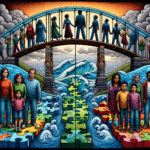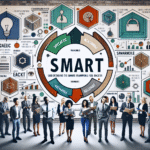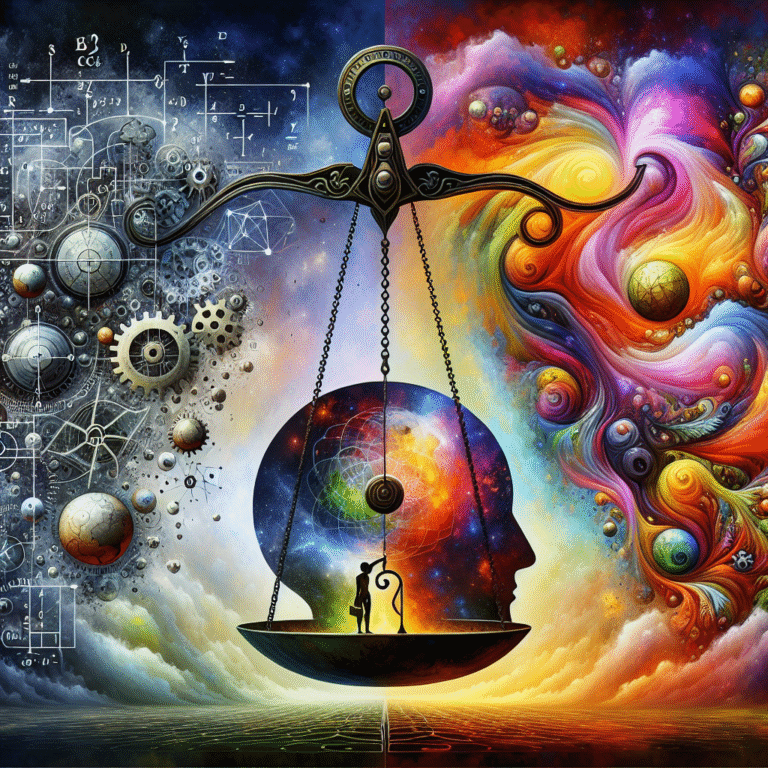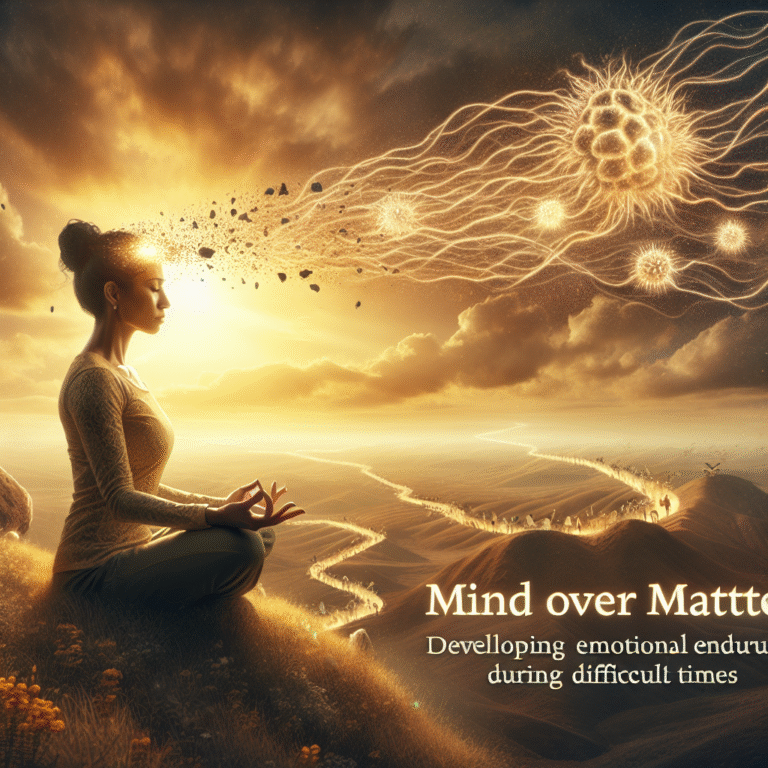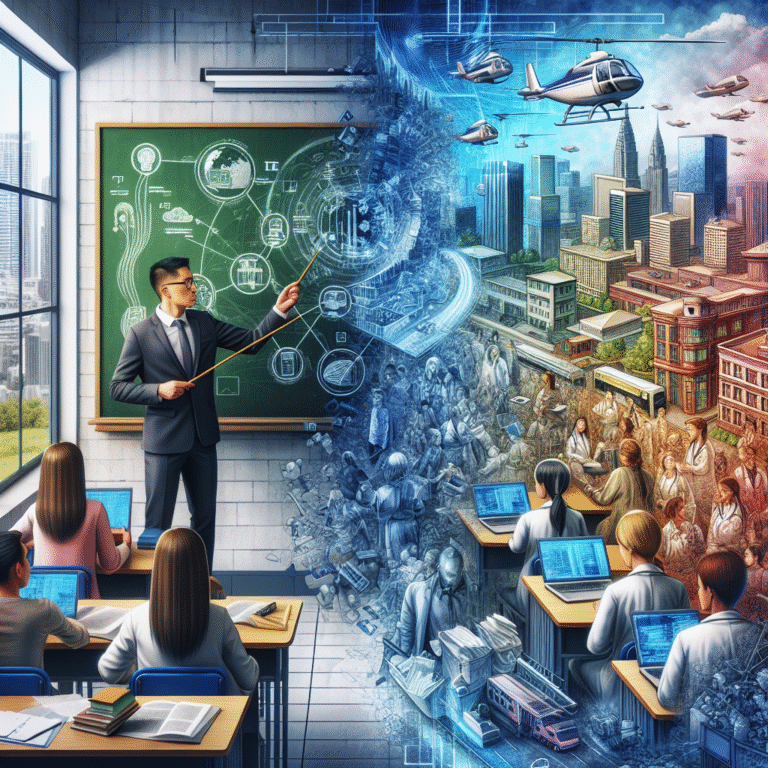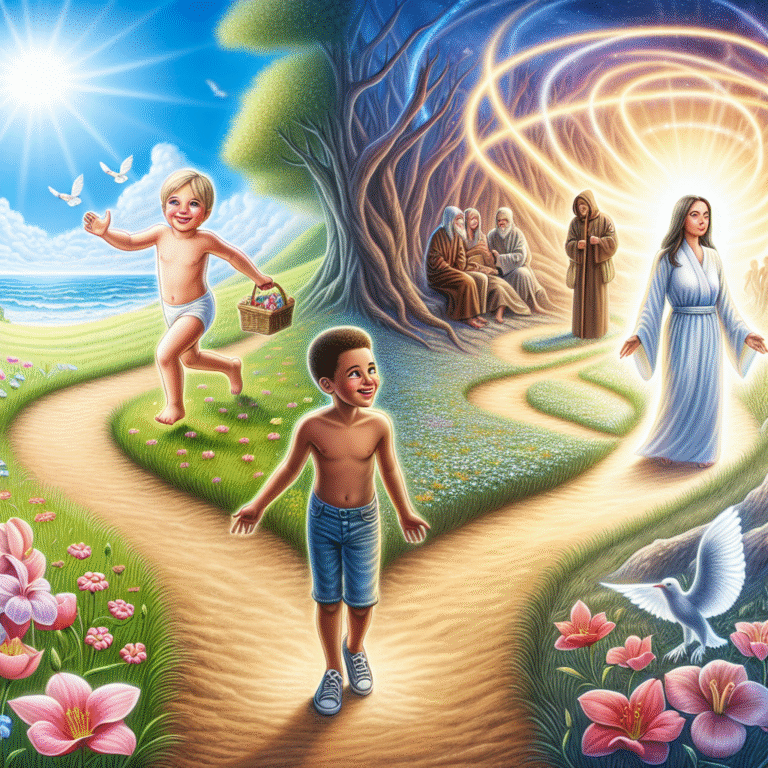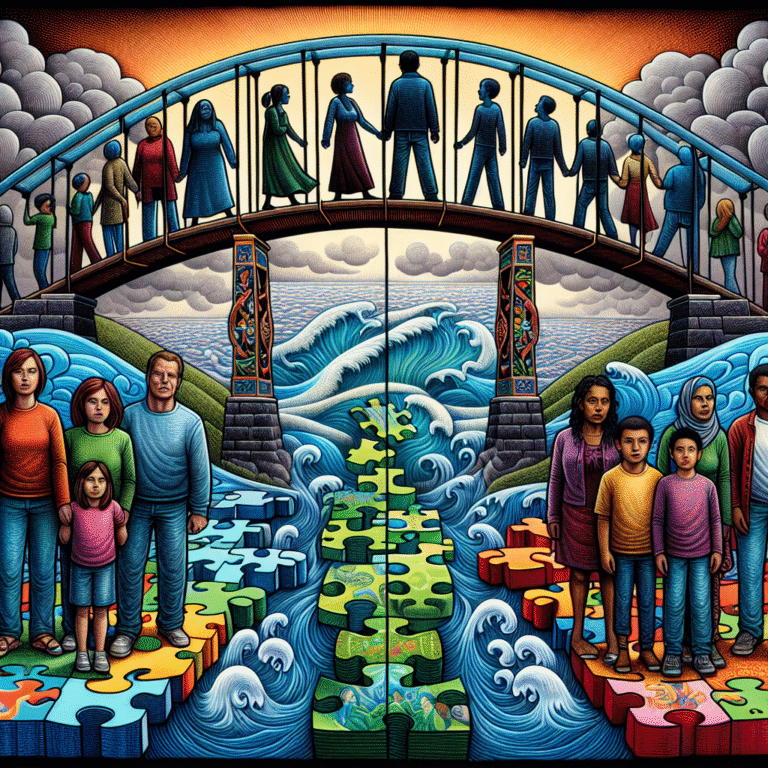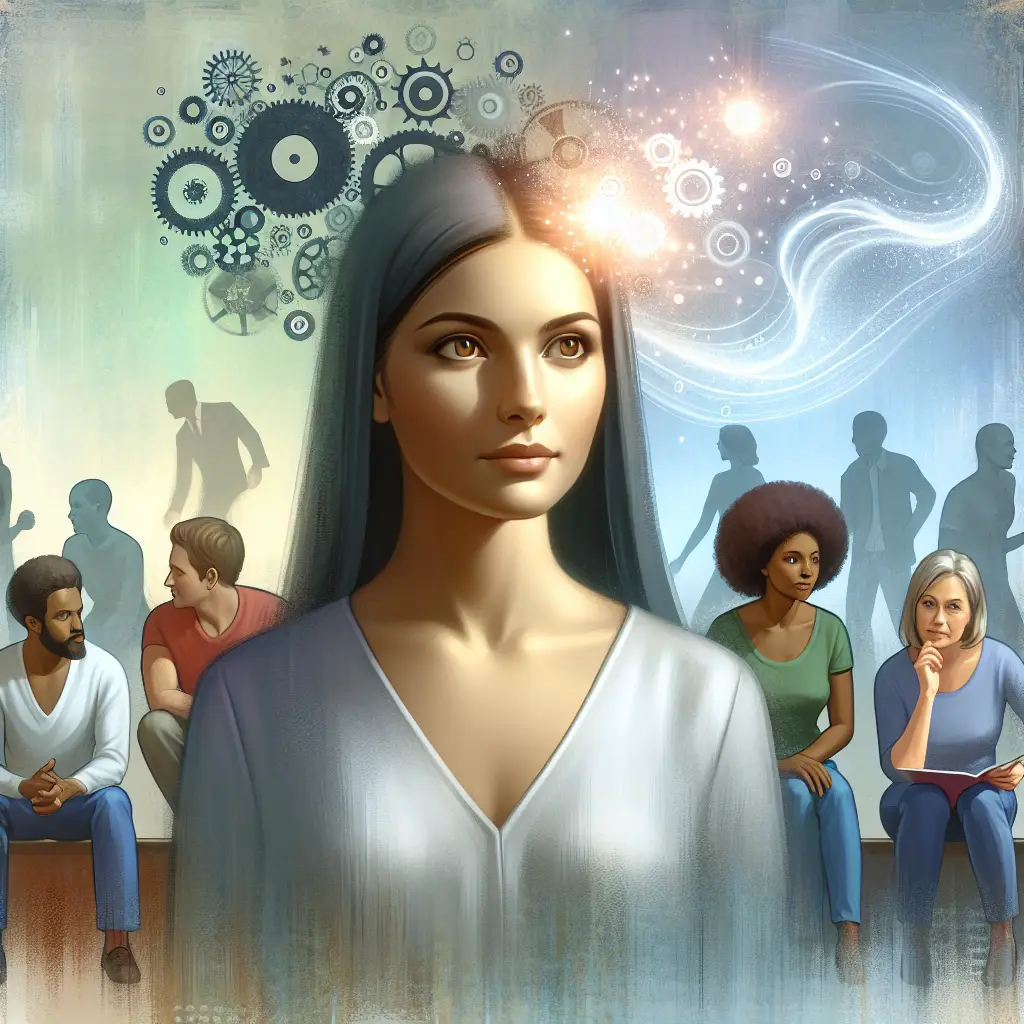
The Transformative Influence: The Power of Observation and How Social Learning Shapes Behavior
Introduction: Unveiling the Hidden Forces of Learning
In our continuously evolving world, the art of observation serves as a powerful tool, often more robust than we recognize. Picture a child watching a parent, or a novice employee learning from a seasoned mentor. These moments, seemingly simple, encapsulate The Power of Observation: How Social Learning Shapes Behavior. This article delves into this compelling concept, exploring real-world applications, academic principles, and the profound implications of social learning on behavior.
Understanding The Power of Observation: How Social Learning Shapes Behavior not only provides valuable insights into personal growth but also equips us with the knowledge to foster better environments in educational, workplace, and community settings.
The Foundation of Social Learning Theory
Before diving deep, it’s essential to lay the groundwork with the fundamentals of social learning theory. Proposed by psychologist Albert Bandura in the 1960s, this theory posits that people learn from one another through observation, imitation, and modeling. It contrasts with traditional learning theories, emphasizing the impact of social context over direct reinforcement.
The Mechanisms at Play
-
Attention: For learning to occur, the observer must pay attention to the model. Factors such as the model’s attractiveness, prestige, or the observer’s interest influence this.
-
Retention: After observing, the individual needs to remember the behavior. This can be facilitated by mental rehearsal or cognitive encoding.
-
Reproduction: The observer must have the ability to replicate the behavior, which depends on their physical and cognitive capabilities.
- Motivation: Finally, motivation influences whether the observed behavior will be enacted. Factors include rewards, personal satisfaction, and social influences.
Case Study: The Bobo Doll Experiment
One of the most famous demonstrations of The Power of Observation: How Social Learning Shapes Behavior is Bandura’s Bobo Doll experiment. In this study, children who observed adults interacting aggressively with a doll imitated that behavior when given the opportunity, while those who observed non-aggressive interactions did not.
| Experiment Condition | Child’s Behavior |
|---|---|
| Aggressive Model | 88% imitated aggressive behavior |
| Non-aggressive Model | 42% showed no aggression |
Analysis: Relevance to Modern Behavior
The Bobo Doll experiment illustrates how exposure to aggressive behavior can increase the likelihood of similar actions. This finding has significant implications today, particularly in contexts such as media consumption and violence.
The Role of Community and Culture
Cultural contexts also shape The Power of Observation: How Social Learning Shapes Behavior. Across diverse backgrounds, cultural norms inform what behaviors are modeled and reinforced.
Collective Community Learning
Communities that prioritize collaboration and shared experiences create environments where observational learning flourishes. For instance, in collectivist cultures, group-oriented behaviors like cooperation and social harmony are often modeled, with children’s behavior mirroring these values.
Real-World Application in Education
Student-Teacher Dynamics
In classrooms, teachers serve as powerful role models. A study revealed that when educators regularly demonstrate validated behaviors such as resilience and curiosity, students are likely to mimic those attitudes, reinforcing a positive learning environment.
| Teacher Behavior | Student Response |
|---|---|
| Demonstrate curiosity by asking questions | Increased student engagement and inquiry |
| Show resilience after failure | Higher persistence on challenging tasks |
Peer Influence
Moreover, peer interactions significantly affect students’ behaviors. Research indicates that when high-performing students engage with peers, it leads to a collective uplift in academic performance, illustrating The Power of Observation: How Social Learning Shapes Behavior in educational settings.
The Impact on Workplace Culture
As we transition from school to the workplace, observational learning continues to be a crucial element. Companies that foster mentorship and role-modeling environments can see a noticeable transformation in employee performance and satisfaction.
Case Study: Google’s Peer Mentorship Program
Google instituted a comprehensive mentorship program whereby employees observed and learned from experienced colleagues. As a result, participants reported:
- 40% increase in job satisfaction
- 30% better performance ratings compared to non-participants
This case exemplifies how the structured use of observational learning can enhance workplace culture and individual outcomes.
Navigating the Digital Age
In today’s digital age, social learning has transcended traditional boundaries. With the explosion of social media, platforms like TikTok and Instagram serve as modern models for behavior.
Case Study: The TikTok Effect
The ‘TikTok Effect’ shows how trends spread rapidly through visual platforms, influencing behaviors from fashion choices to cooking styles. Young adults often replicate dance moves or cooking recipes posted by influencers, which reinforces The Power of Observation: How Social Learning Shapes Behavior in digital domains.
| Trend Type | Behavioral Influence |
|---|---|
| Dance Challenges | Increased participation and creativity |
| Cooking Tutorials | Enhanced cooking skills and meal diversity |
The Psychological Underpinnings
Delving deeper into the psychological aspects, the phenomenon of vicarious reinforcement explains why individuals are likely to adopt behaviors they observe being rewarded in others. Observers do not need to directly experience reinforcement; merely seeing another’s success can motivate imitation.
The Neuroscience of Observation
Neuroscientific studies reveal that mirror neurons activate when an individual observes an action, facilitating empathy and understanding. This neural response highlights the biological foundation supporting The Power of Observation: How Social Learning Shapes Behavior.
Key Takeaways: Harnessing the Power of Observation
-
Be Mindful of Your Influence: Whether you’re a parent, teacher, or leader, your behaviors serve as models for others.
-
Create Learning Environments: Foster spaces where observation can thrive, be it through mentorship, cooperative learning, or peer interactions.
- Utilize Technology Wisely: Leverage digital platforms to promote positive behaviors, creating virtual models that lead to constructive outcomes.
Conclusion: A Call to Action
The Power of Observation: How Social Learning Shapes Behavior is a profound force shaping lives across generations. As we navigate our roles in society—be it as leaders, educators, or community members—understanding and harnessing this concept can lead to transformative changes.
Engage with observation consciously, be the role model you wish to see, and inspire a culture of learning and growth around you. The ability to influence behavior lies in the power of observation—let’s wield it wisely.
FAQs
1. What is the significance of social learning in child development?
Social learning plays a crucial role in shaping children’s behaviors and attitudes, as they learn by observing parental figures and peers.
2. How does observational learning differ from traditional learning models?
Unlike traditional models that rely on reinforcement, observational learning emphasizes the role of watching and imitating others without direct experience.
3. Can adults benefit from social learning?
Yes, adults can benefit from social learning in professional settings, through mentoring and collaborative environments that promote shared learning experiences.
4. What are effective ways to promote observational learning in schools?
Creating interactive and collaborative learning experiences, where students can observe and learn from one another and their teachers, enhances observational learning.
5. How can observational learning be harmful?
Negative behaviors observed in peers or media can lead to undesirable actions, emphasizing the importance of being mindful of the models we expose ourselves and others to.
By embracing the insights shared here, we can appreciate and leverage The Power of Observation: How Social Learning Shapes Behavior to create more informed, engaged, and compassionate communities.


